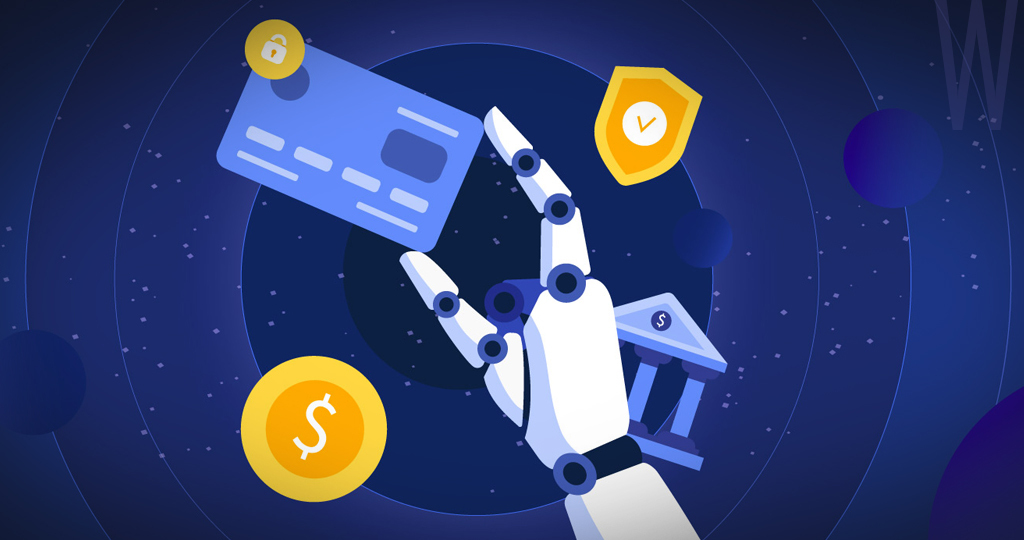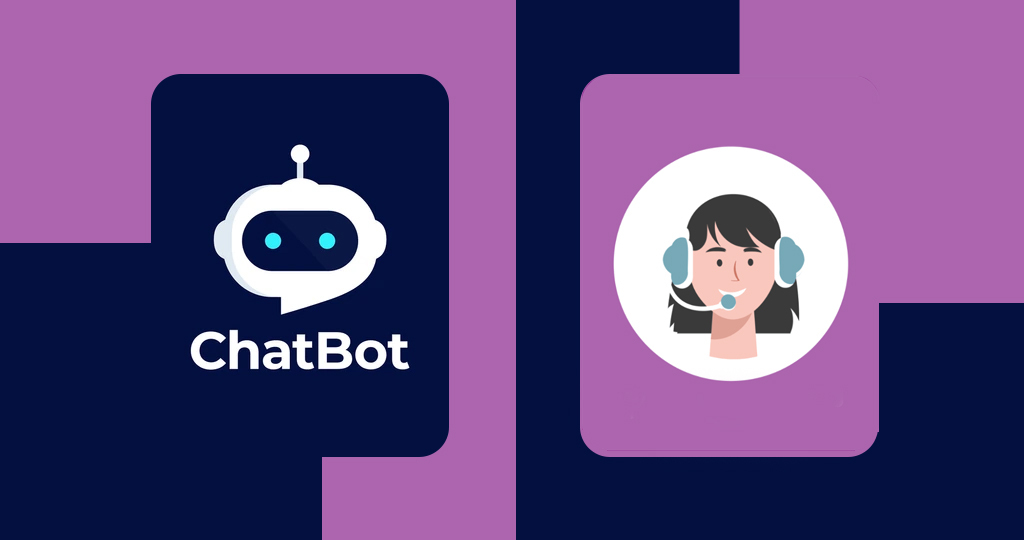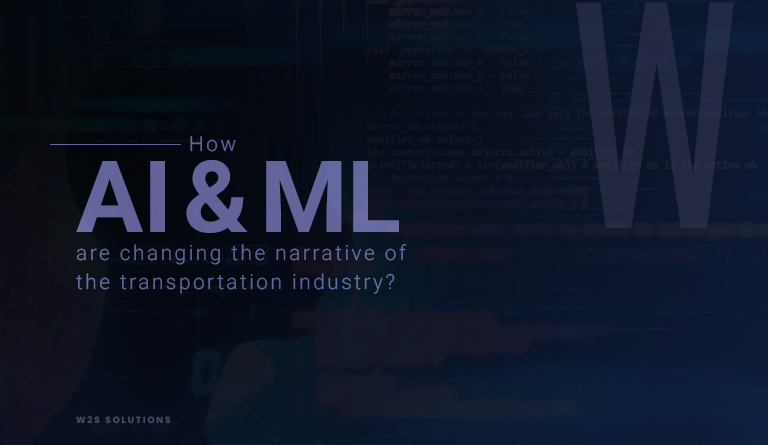TABLE OF CONTENT
Large language models have emerged as powerful tools that bridge the gap between theory and practical applications. These models, driven by advancements in deep learning, natural language processing (NLP), and machine learning, have revolutionized the way we interact with and understand language. This article explores the journey of large language models, from their theoretical underpinnings to practical applications that have reshaped industries and daily life.
Key Takeaways
-
Large Language Models (LLMs) like GPT are transforming how we interact with technology, enabling seamless communication in various fields.
-
LLMs find applications in healthcare, finance, and software development, showcasing their adaptability and widespread impact.
-
The power of LLMs comes with ethical considerations, including environmental impact and addressing biases, emphasizing responsible AI integration.
-
Ongoing research ensures LLMs evolve to meet challenges, promising increasingly sophisticated models that shape the future of human-machine interaction.
What is a Large Language Model?
A Large Language Model (LLM) is a type of artificial intelligence designed to understand and generate human-like language. These models, often based on advanced deep learning architectures like GPT (Generative Pre-trained Transformer), are trained on massive datasets to grasp the intricacies of language structure, context, and semantics. With billions of parameters, LLMs can perform tasks such as natural language processing, content generation, and code creation. They leverage their vast knowledge to interpret and produce coherent text, revolutionizing applications in various fields, from NLP and chatbots to content creation and healthcare.
Theoretical Foundations of LLM
Large language models, often based on architectures like GPT (Generative Pre-trained Transformer), have their roots in deep learning and neural networks. The theoretical foundation lies in the idea of pre-training and fine-tuning. Pre-training involves exposing the model to vast amounts of unlabeled data, enabling it to learn the intricacies of language and context. The fine-tuning phase involves training the model on specific tasks or domains to make it more application-centric.
Practical Applications of LLM
1. Natural Language Processing (NLP)
Large language models have significantly advanced the field of NLP. They excel in tasks such as sentiment analysis, named entity recognition, and language translation. For instance, Google’s BERT (Bidirectional Encoder Representations from Transformers) has been instrumental in improving search engine results by understanding the context and intent behind user queries.
2. Content Generation
Content creation has undergone a significant transformation with the introduction of large language models .Automated writing tools, powered by these models, can generate human-like text for various purposes, including blog posts, articles, and marketing content. This not only enhances productivity but also opens up possibilities for creative exploration.
3. Chatbots and Virtual Assistants
Large language models are the backbone of modern chatbots and virtual assistants. They enable more natural and context-aware conversations, providing users with a seamless experience. Companies leverage these models to automate customer support, streamline inquiries, and enhance user engagement.
4. Code Generation
Another fascinating application is in the realm of code generation. Large language models can understand and generate code snippets based on natural language descriptions. This proves invaluable for software developers by accelerating the coding process and reducing manual effort.
5. Healthcare and Research
In healthcare, large language models contribute to tasks like medical record analysis, diagnosis prediction, and drug discovery. By processing vast amounts of medical literature, these models assist researchers in staying updated with the latest findings and identifying potential areas for exploration.
6. Financial Analysis
Financial institutions benefit from large language models in tasks like sentiment analysis of financial news, risk assessment, and fraud detection. The models can process and analyze enormous datasets, helping in making informed decisions and mitigating risks.
Challenges and Ethical Considerations
Despite their transformative impact, large language models come with challenges and ethical considerations. The sheer size of these models requires significant computational resources, raising concerns about environmental sustainability. Moreover, biases present in training data can be inadvertently perpetuated, leading to biased or unfair outcomes. Striking a balance between model performance and ethical considerations is crucial for responsible AI deployment.
Future of LLM
Large language models are continuously evolving. Ongoing research focuses on addressing existing challenges, reducing model sizes for more efficient deployment, and improving interpretability. As technology evolves, we can expect increasingly sophisticated models that better understand and respond to the complexities of human language.
Conclusion
Large language models have transitioned from theoretical concepts to indispensable tools in various domains. Their ability to comprehend context, generate coherent text, and perform complex language-related tasks has opened up new possibilities across industries. While challenges persist, ongoing research and a commitment to ethical AI practices pave the way for a future where large language models continue to shape our interaction with information and technology. It is essential to recognize the potential, challenges, and responsibilities associated with the deployment of these powerful language models.
With a commitment to innovation and excellence, W2S Solutions, a leading Custom Large language model development company, specializes in providing custom GPT (Generative Pre-trained Transformer) solutions that cater to the unique needs of businesses. Leveraging cutting-edge AI technology, our team at W2S Solutions ensures that clients receive best-in-class, custom-made solutions that harness the power of large language models for their specific applications.
Frequently Asked Questions
Get inspired!
Subscribe to our newsletter and get updates on how to navigate through disruption and make digital work for your business!







